Beautiful Rome
Memory-haunted arena of the ancients, Rome’s 1,900-year-old Colosseum saw bloody gladiatorial duels, battles with wild beasts, and mock naval engagements on its flooded floor. Christians banned the spectacles, and in later centuries presented church dramas here.Time, earthquakes, and stone scavengers took their toll. Still, the treasured monument survived and at the time of this photograph was still serving Rome—as a traffic circle.
Cars at evening rush hour create streaks of light in this time exposure, which also captures horse-drawn carriages waiting at curbside for tourists.
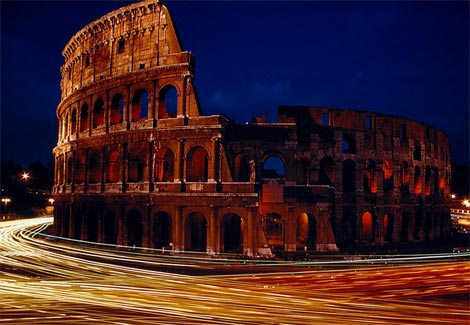
Out of the grasp of looters, a Roman soldier shares a shed with other statues removed from display in Rome’s Villa Borghese gardens. Since 1970 thieves have pilfered some 523,000 treasures in Italy. Trained “art police” have recovered about a third.
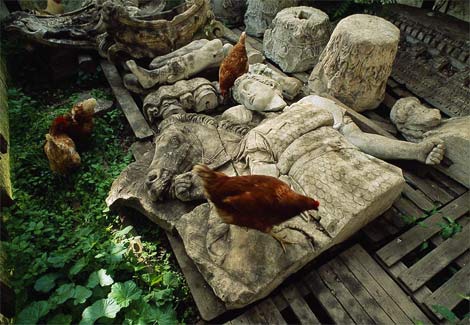
Conceived in 312 B.C., the Via Appia was the first and the most famous of Rome’s long-distance military-commercial highways, by which the ancient city bound her conquests to her.
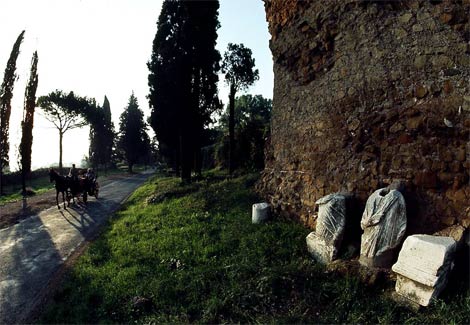
Walled within the city, the Vatican, with its domed St. Peter’s Basilica, covers 109 acres (44 hectares).
All Rome was under papal rule from the sixth century A.D. until the city became Italy’s capital in 1870. But not until 1929 did the papacy renounce its claims to all other Italian territories and win recognition of its sovereignty over Vatican City.
Residence of a thousand citizens, the enclave has its own railroad station, post office, radio station, newspaper, mosaic studio, palaces, gardens, library, and museums.
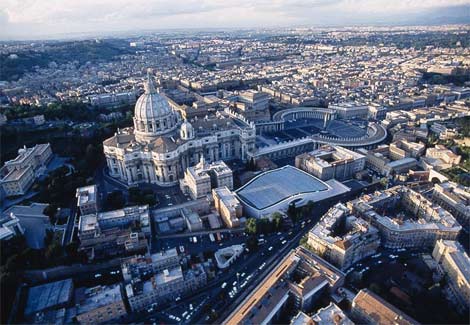
Out of a timeless, musty dark, an ancient Roman victim of Mount Vesuvius stares into the 20th century, her teeth clenched in agony. Nearby lie charred and tangled remains of scores of others buried in the wet volcanic earth.
The scene is Herculaneum, lesser known sister city of Pompeii. Both cities were destroyed by the 79 A.D. eruption of Vesuvius.
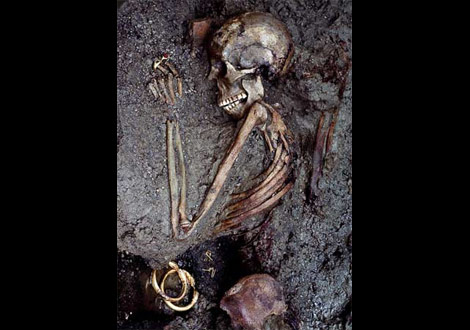
The House of the Tragic Poet, in Pompeii, received its name from this mosaic depicting actors performing a Greek drama. Mosaics like this are key to modern historians’ understanding of ancient Roman life.
Originally located in the tablinium, or main room, of a Roman house, the artwork can now be found in the National Archaeological Museum in Naples, Italy.
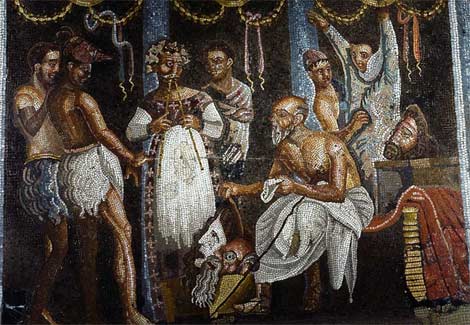
Julius Caesar, depicted here in his military attire, extended the Roman Republic to the Atlantic Ocean with his conquest of Gallia Comata—Gaul, in what is now France. Caesar became the sole ruler of Rome following the first Roman civil war, after which he had himself named ruler for life.
Caesar's assassination at the hands of his close friend Marcus Brutus spawned Rome's second civil war. Brutus and his co-conspirators were attempting to save the republic from dictatorship. Instead, they ushered in the Roman Empire under Caesar’s nephew and adopted son, Octavian, who would become known as Emperor Caesar Augustus.
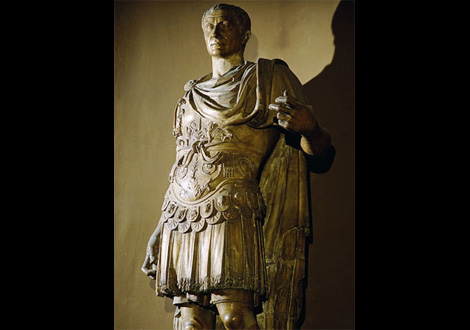
Subscribe to:
Post Comments
(
Atom
)



3 comments :
Hello people, I just signed up on this superb online community and wanted to say hello there! Have a terrific day!
hey
just signed up and wanted to say hello while I read through the posts
hopefully this is just what im looking for looks like i have a lot to read.
Online world and international news, british online service.
Post a Comment